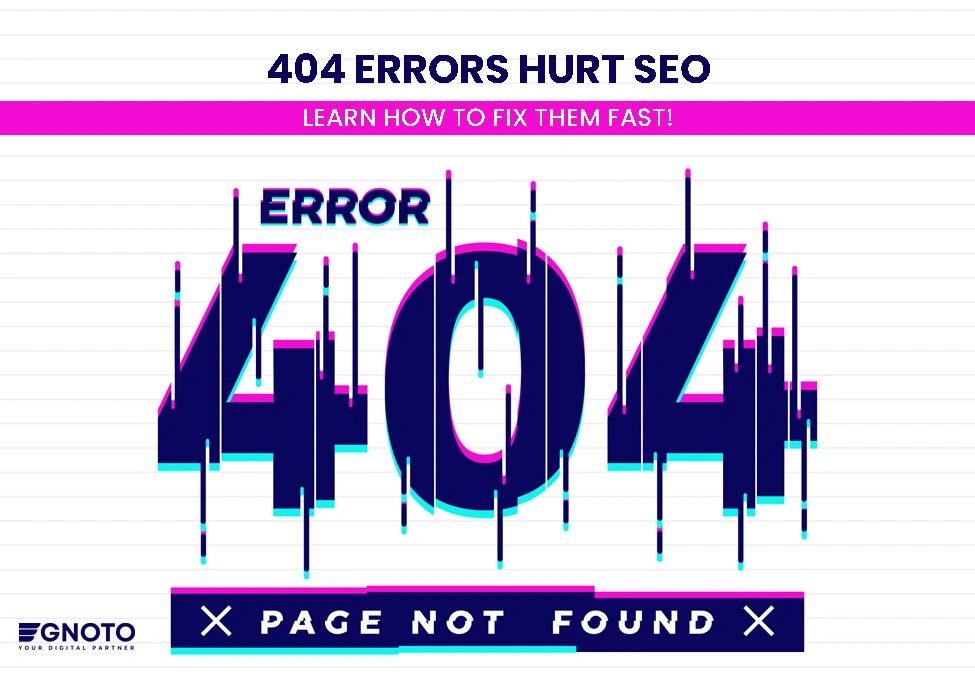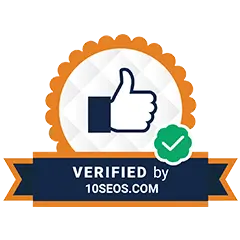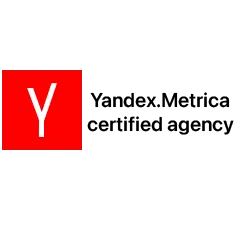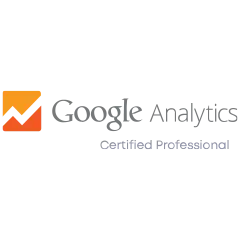A 404 error, or “Page Not Found” message, signals that a user has attempted to access a webpage that doesn’t exist on the server. While seemingly minor, these errors can significantly impact your website’s user experience, SEO, and overall credibility.
The Ripple Effect of 404 Errors
- User Frustration and Abandonment: Encountering a 404 error is incredibly frustrating for visitors. It breaks the flow of their online journey and can quickly lead them to abandon your site in search of information elsewhere. This lost traffic translates to lost potential customers and revenue.
- SEO Impact: Search engines prioritize websites that provide a seamless user experience. 404 errors disrupt this experience, signaling to search engines that your website is poorly maintained and may contain outdated or inaccurate information. This can negatively impact your search engine rankings, making it harder for users to find your site in search results.
- Damaged Brand Reputation: A website riddled with 404 errors can damage your brand’s credibility and professionalism. It can leave visitors with the impression that your website is outdated, poorly managed, and unreliable.
Unveiling the Culprits: Finding Those Hidden 404s
- Google Search Console: This is your go-to resource for identifying 404 errors. Google Search Console actively crawls your website and provides a detailed “Coverage” report that pinpoints pages returning 404 status codes.
Key Features:
– Detailed Error Lists: Gain a comprehensive list of all 404 errors encountered on your site.
– Error Categorization: Understand the types of 404 errors (e.g., missing files, incorrect URLs).
– Suggested Fixes: Google often provides helpful suggestions, such as redirecting the broken URL to a relevant page. - Website Logs: Analyzing your server logs provides valuable insights into user behavior and website activity. By examining log files, you can identify specific URLs that frequently result in 404 errors.
- Manual Audits: Conduct regular manual checks of your website, clicking on links in menus, footers, within blog posts, and on external pages that link to you. Pay close attention to links in downloadable resources, email signatures, and social media profiles.
The Art of the Fix: Mitigating the 404 Impact
1. Redirection Mastery:
- 301 Redirects (Permanent): For pages that have been permanently moved, implement 301 redirects. This instructs search engines and browsers to permanently redirect traffic from the old URL to the new one.
Example: If a page at “/old-product/” has been moved to “/new-product/”, create a 301 redirect from “/old-product/” to “/new-product/”. - 302 Redirects (Temporary): Use 302 redirects for temporary moves. This signals that the move is temporary, and that traffic should eventually return to the original URL.
2. Link Repair:
- Internal Links: Meticulously review all internal links within your website, ensuring they point to the correct destinations.
- External Links: If possible, reach out to website owners who link to your broken pages and inform them of the issue. Request that they update their links to point to the correct location.
3. Page Restoration:
If a valuable page was accidentally deleted, consider restoring it from backups.
4. Crafting a User-Friendly 404 Page:
- Clear and Concise Messaging: Clearly state that the page cannot be found.
- Search Functionality: Provide a prominent search bar to help visitors easily find the information they’re seeking.
- Helpful Navigation: Include links to your homepage, sitemap, most popular pages, and contact information.
- Engaging Design: Consider adding a touch of humor or a visually appealing design to soften the impact of the error.
Preventing Future 404s: Proactive Measures
- Regular Link Audits: Employ a link checker tool (such as Screaming Frog or Ahrefs) to scan your website for broken links on a regular basis.
- URL Change Best Practices: When changing a URL, meticulously update all internal and external links that point to that page.
- CMS Features: If you use a Content Management System (CMS) like WordPress, leverage built-in features or plugins like “Broken Link Checker” to automatically identify and flag broken links.
- Employee Training: If multiple team members contribute to your website’s content, provide training on best practices for linking and URL management.
Beyond the Technical: The Human Element
Remember that 404 errors are not just technical issues; they impact human experience. By prioritizing a user-centric approach and treating 404 errors with the seriousness they deserve, you can significantly enhance your website’s overall performance and cultivate a positive brand image.










